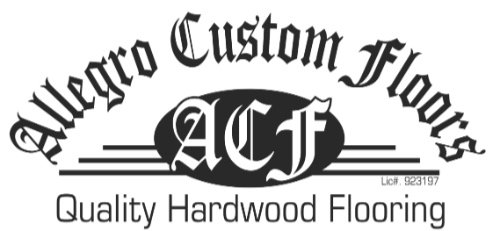Engineered Hardwood
Engineered hardwood flooring is popular for homeowners and commercial spaces due to its durability, aesthetics, and versatility. It is a type of hardwood flooring that is designed to address some of the limitations of solid hardwood while retaining the natural beauty of real wood.
Engineered hardwood is constructed in layers. The top layer, known as the wear layer, is made of a real hardwood veneer. This veneer can vary in thickness, typically ranging from 1mm to 6mm. Beneath the wear layer are multiple plywood or high-density fiberboard (HDF) bonded together. These layers provide stability and strength to the flooring.
The top layer of engineered hardwood consists of a real wood veneer, which gives it the authentic look of solid hardwood. It can come in a wide variety of wood species, including oak, maple, cherry, walnut, and more. This means you can achieve the look of your desired hardwood species without the cost and potential environmental impact of using solid hardwood throughout.
Engineered hardwood is known for its durability. The multiple layers and cross-grain construction reduce the risk of warping, shrinking, or expanding due to moisture and temperature changes. This makes it a suitable choice for areas where solid hardwood might not be recommended, such as basements or rooms with fluctuating humidity levels.
Engineered hardwood can be installed in several ways, including nail-down, staple-down, glue-down, or as a floating floor with click-lock systems. This versatility makes it a popular choice for DIY projects and professional installations alike.
Unlike solid hardwood, engineered hardwood is more resistant to moisture because of its layered construction. This makes it less prone to cupping or warping when exposed to humidity or spills.
Maintenance is relatively easy. Regular sweeping and occasional mopping are usually sufficient to keep it looking its best. Some engineered hardwood floors come with a factory-applied finish that provides additional protection and reduces the need for refinishing.
While engineered hardwood can be more expensive than laminate or some types of vinyl flooring, it is often more cost-effective than solid hardwood. The cost varies depending on the thickness of the top veneer and the wood species.
Engineered hardwood can be installed on various subfloor types, including concrete, plywood, and existing flooring. It can also be used in a wide range of settings, from residential living spaces to commercial areas.
With proper care and maintenance, engineered hardwood flooring can last for decades, and some products even come with warranties that can extend for 20 years or more.
